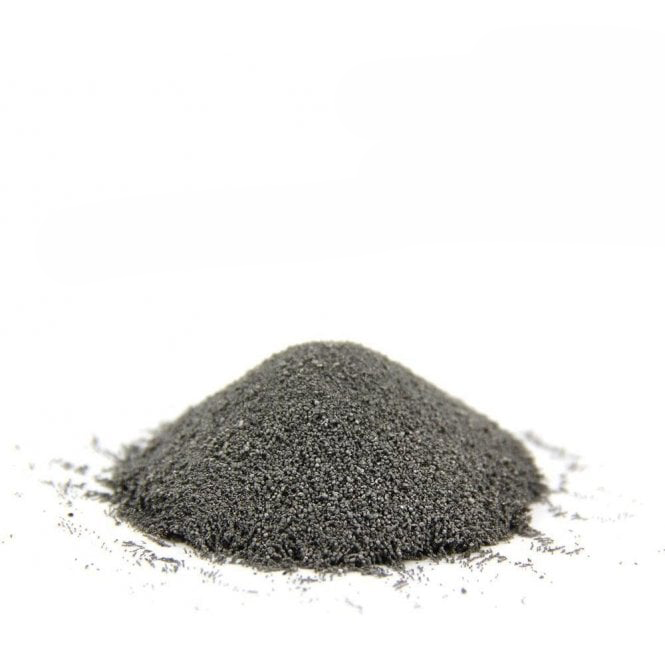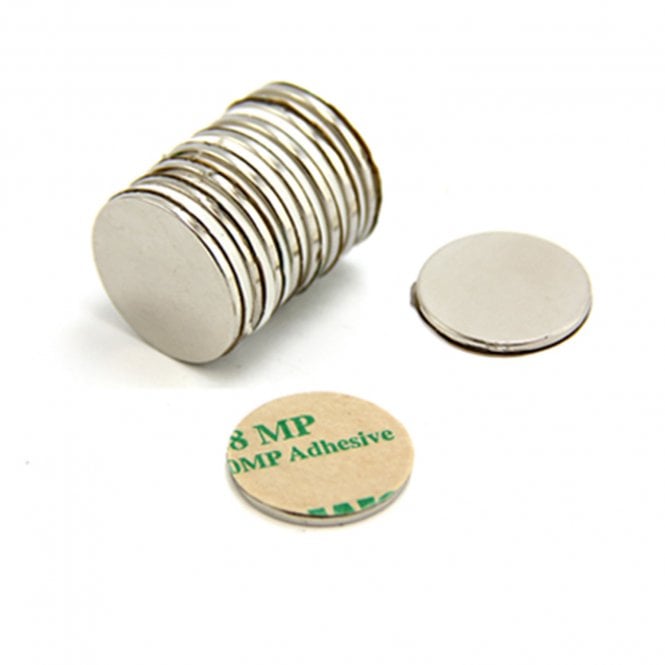Our experts receive many questions regarding magnets, from how they work to how they are made – so with this in mind we have broken down the key information to answer the most common questions our experts receive to help you better understand the world of magnets!
What is the difference between a permanent magnet and an electromagnet?
A permanent magnet is a solid material that produces its own consistent magnetic field as the material is magnetised, however a magnetic field exerted by an electromagnet is produced by the flow of electric current.
The magnetic field will disappear when the current is turned off. Usually, an electromagnet consists of many turns of copper wire which forms a solenoid , when the electric current flows around the solenoid coil, a magnetic field is created.
If an iron core is then inserted into the bore of this solenoid the magnetism is induced into it and it becomes magnetic, therefore when the current stops flowing it will immediately become nonmagnetic.
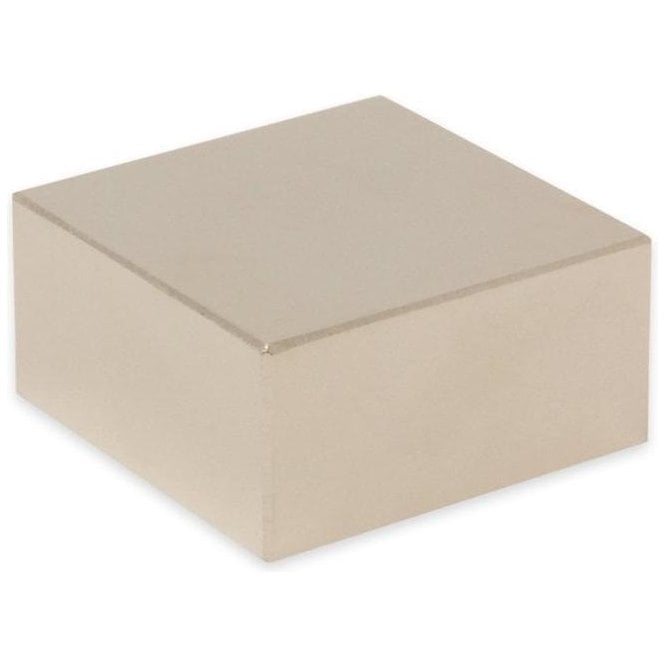
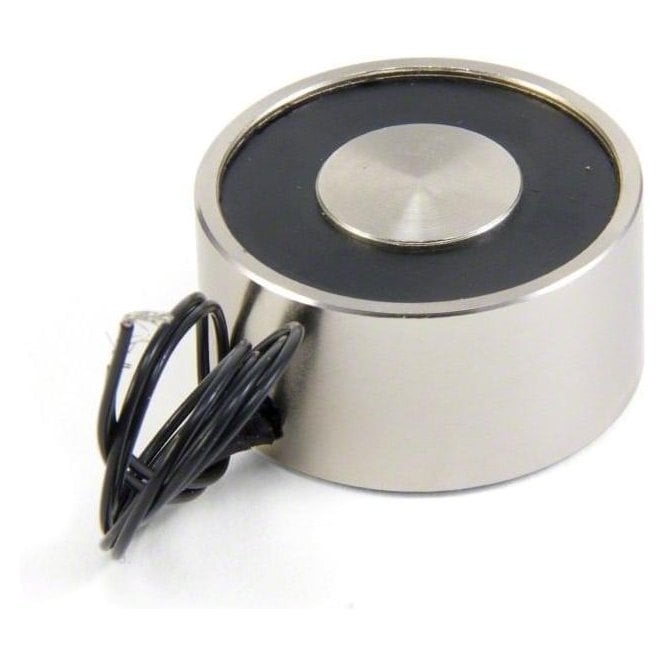

What are permanent magnets made of?
There are five types of modern permanent magnets, each made from different materials with different characteristics.
The strongest magnets are known as rare earth magnets, firstly there is neodymium magnets which are made up of neodymium, iron, and boron. Secondly, we have samarium cobalt magnets which are made from samarium, cobalt and small amounts of iron, copper, and other materials.
Other types of permanent magnets include ferrite magnets which are made from a compound of ceramic material and iron oxide, alnico magnets that are made from aluminium, nickel, and cobalt, and finally flexible magnets which are made from ferrite powder and rubber.


What are rare earth magnets?
Rare earth magnets are made of the rare group elements in the periodic table and are most famous for their strength. Despite their name, rare earth magnets are relatively abundant in the earth’s crust, but they are not commonly found in the economically exploitable deposits and are often dispersed, deriving the term ‘rare earth’.

What are magnetic poles?
A magnets’ poles are the surfaces from which its lines of magnetism leave the magnet and reconnect on return to the magnet. The pole of a magnet is the area which has the greatest magnetic field in strength in each direction.
Each pole is either north or south facing.
If a magnet broke into two separate pieces, each of these pieces would have a north and south pole, no matter how small the magnet it will always have a north and south pole.
Despite claims there is no such thing as a monopole magnet.
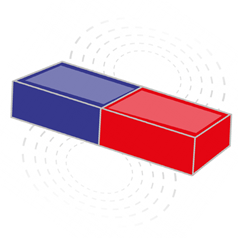

Which pole of a magnet should I use?
Both the north and south pole of every magnet are equal in holding power and will both stick to magnetic materials.
We supply both self-adhesive and countersunk magnets with either pole available on the magnetic face for a more precise use in certain applications.
Regarding magnetic poles attracting to one another the like poles, for example north facing north, will always repel each other, therefore if you need magnets to attract for your application using both poles are necessary as north facing south will always attract.

How can I identify the poles of a magnet?
Identifying the poles of a magnet can be done in several ways, the simplest method is to use a compass, an analogue or a digital pole identifier.
If you decide to use a compass it is vital to remember that the north pole of a magnet points towards the earths geographic north pole, which is close to earth’s magnetic south pole.
Therefore, when you hold a compass to a magnet the needle will point to its south pole using the convention that like poles repel and opposites attract.

What is the best way to see a magnetic field?
Iron powder and filings are ideal for identifying a magnetic field, simply sprinkle them on a piece of paper and see the lines produced by placing the magnet under the paper.
Iron filings and powder are our recommended choice to schools and universities for identifying magnetic fields, you can see our full range in our Science and education magnets section.

What do the ‘N rating’ of neodymium magnets mean?
There are several different grades of neodymium commercially available ranging from N35 to N55 alongside high-temperature variations. The ‘N’ grade relates to the maximum energy produced by the magnet, a measure of its strength.
A magnet of grade N42 has a Maximum Energy Product of Gauss 42 MGOe, while an N52, at 52 MGOe would be incrementally stronger.
Sometimes you may see variations of the ‘N’ rating with one or two letters following the number, these denote high-temperature grades and will have a different maximum operating temperature.

Can I use adhesive to fix magnets in place?
Most magnets can be bonded in place with two-part epoxy adhesives. We recommend Araldite Rapid which will set in roughly 5 minutes, an alternative product we recommend is Loctite industrial strength adhesive.
Both have a proven track record of reliably bonding magnets to most surfaces, apart from certain polythene type plastics. You can view our full range of self-adhesive magnets.

Can I cut or drill a magnet?
Never. Do not try to cut or drill a magnet as all magnets, excluding flexible magnets, are very brittle due to the manufacturing process.
Magnets cannot be drilled with HSS or carbide drills, they must be drilled or cut with diamond tooling and coolant as the dust is flammable and the grindings are magnetic meaning they would all attract straight back to the magnet.
If you require a magnet to have a hole or cut, then it is much better to specify this before manufacturing as it can be produced first before being magnetised.

We hope this answers some of your most commonly asks questions about magnets and their use however if you still have any queries then be sure to get in touch with our team of experts who are available on 0845 519 4701 or sales@magnetexpert.com and are happy to help solve any problems or answer any questions you may have.

